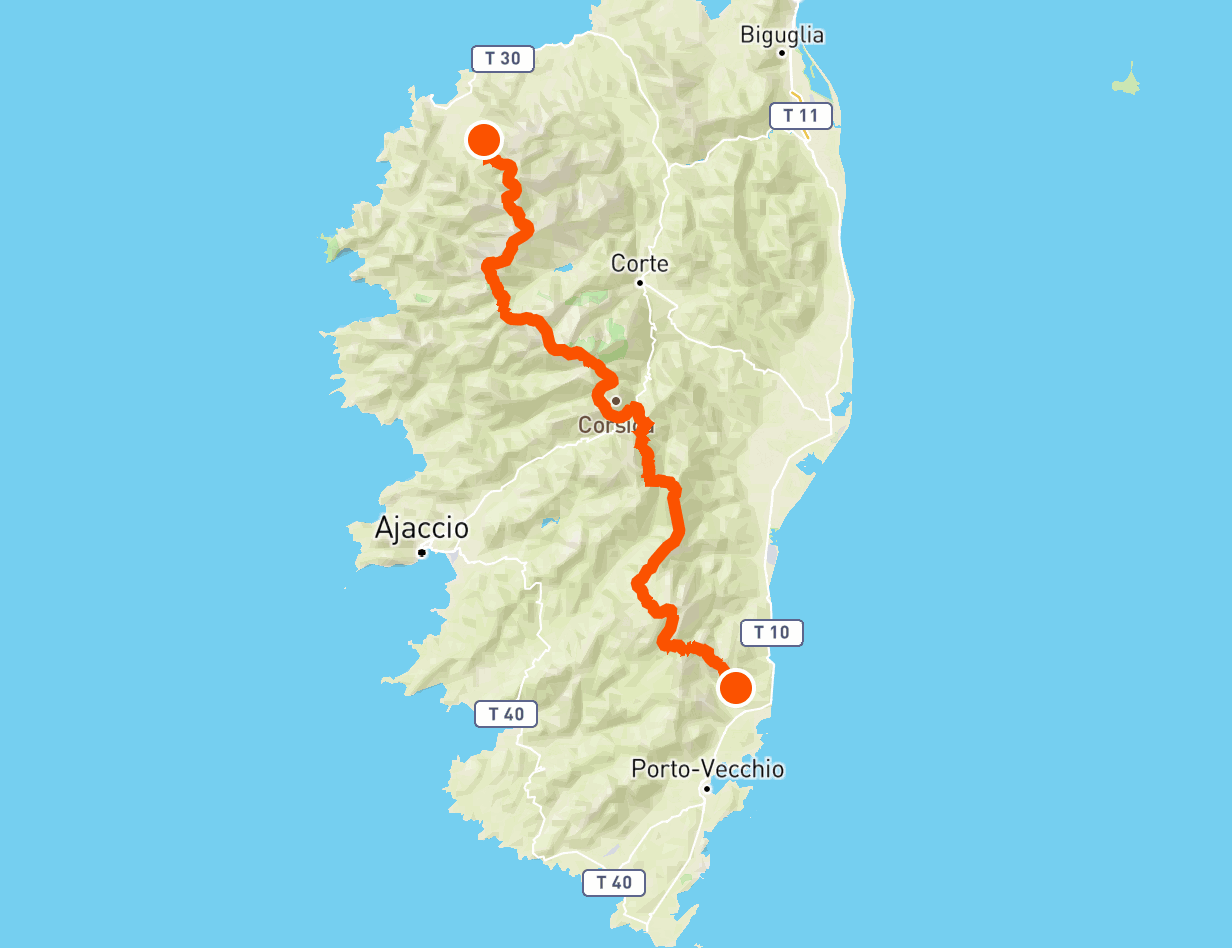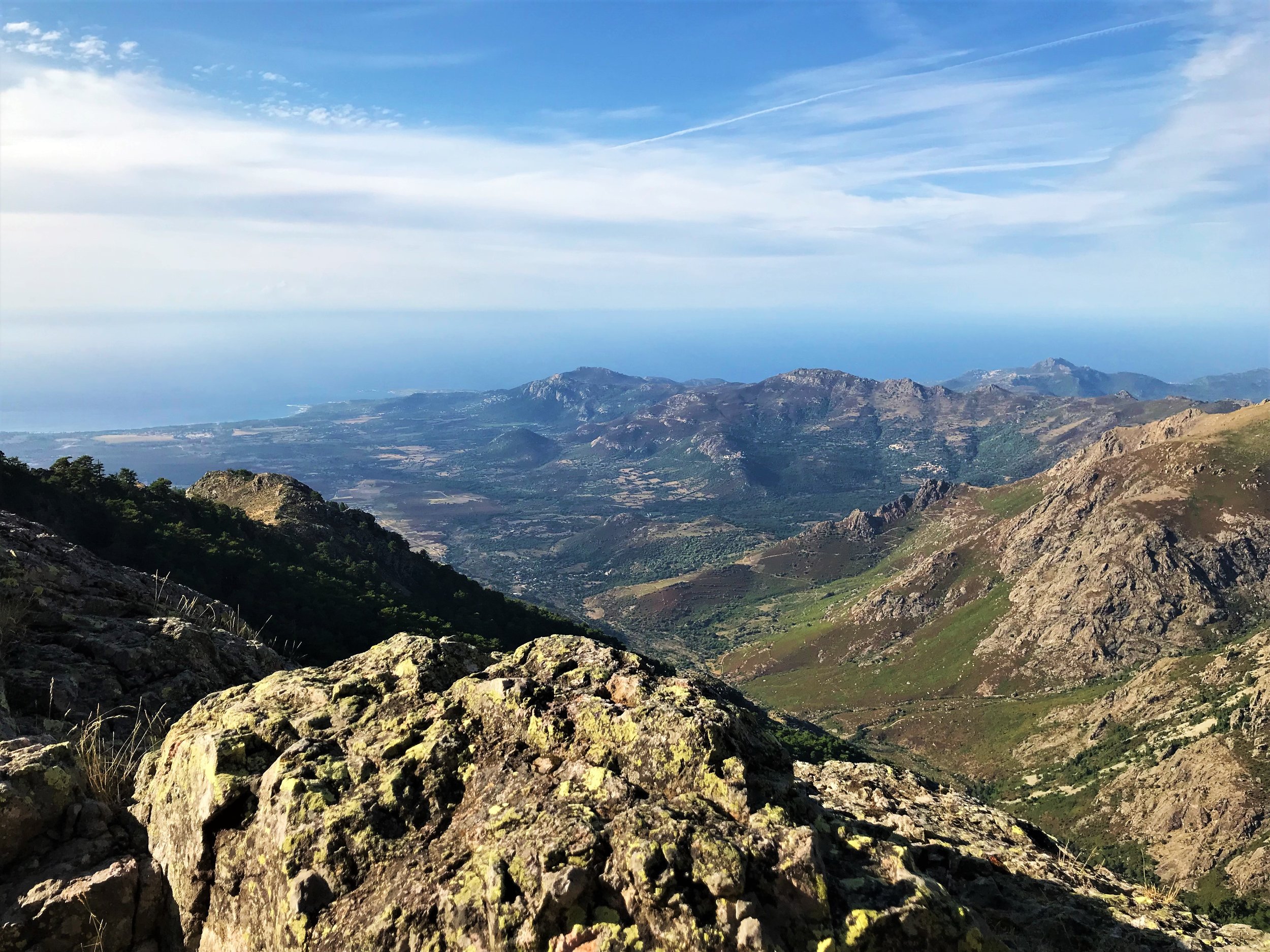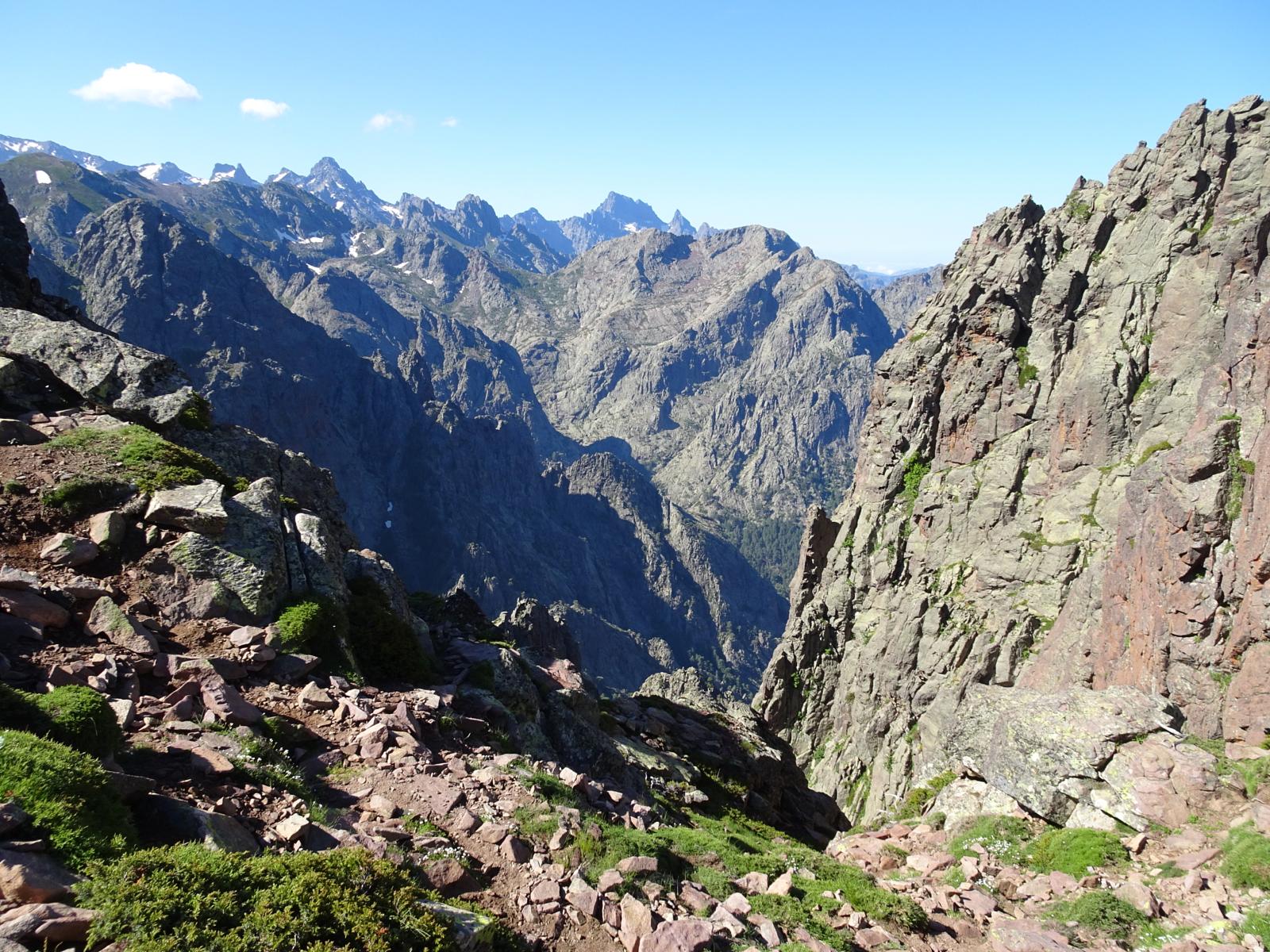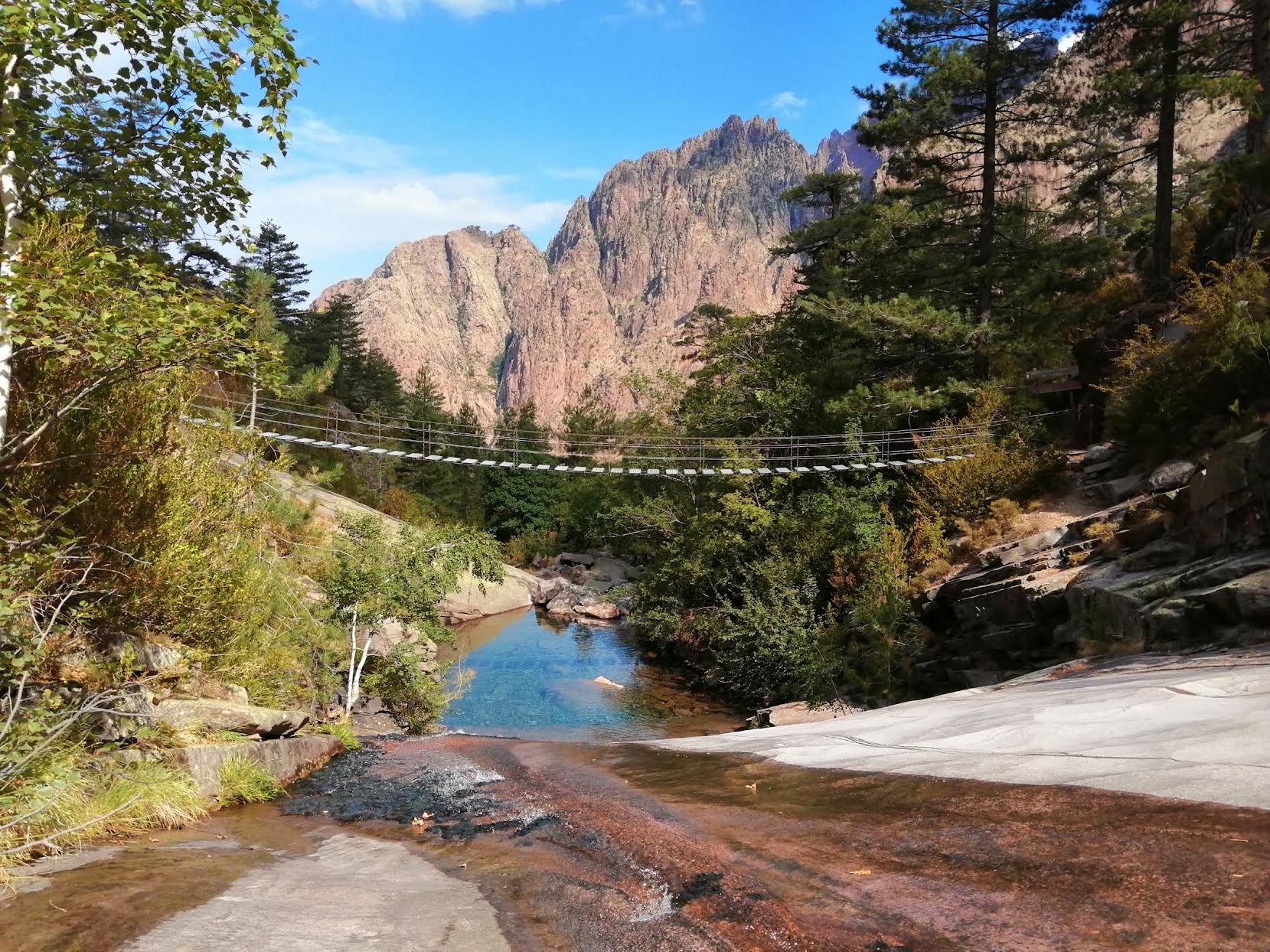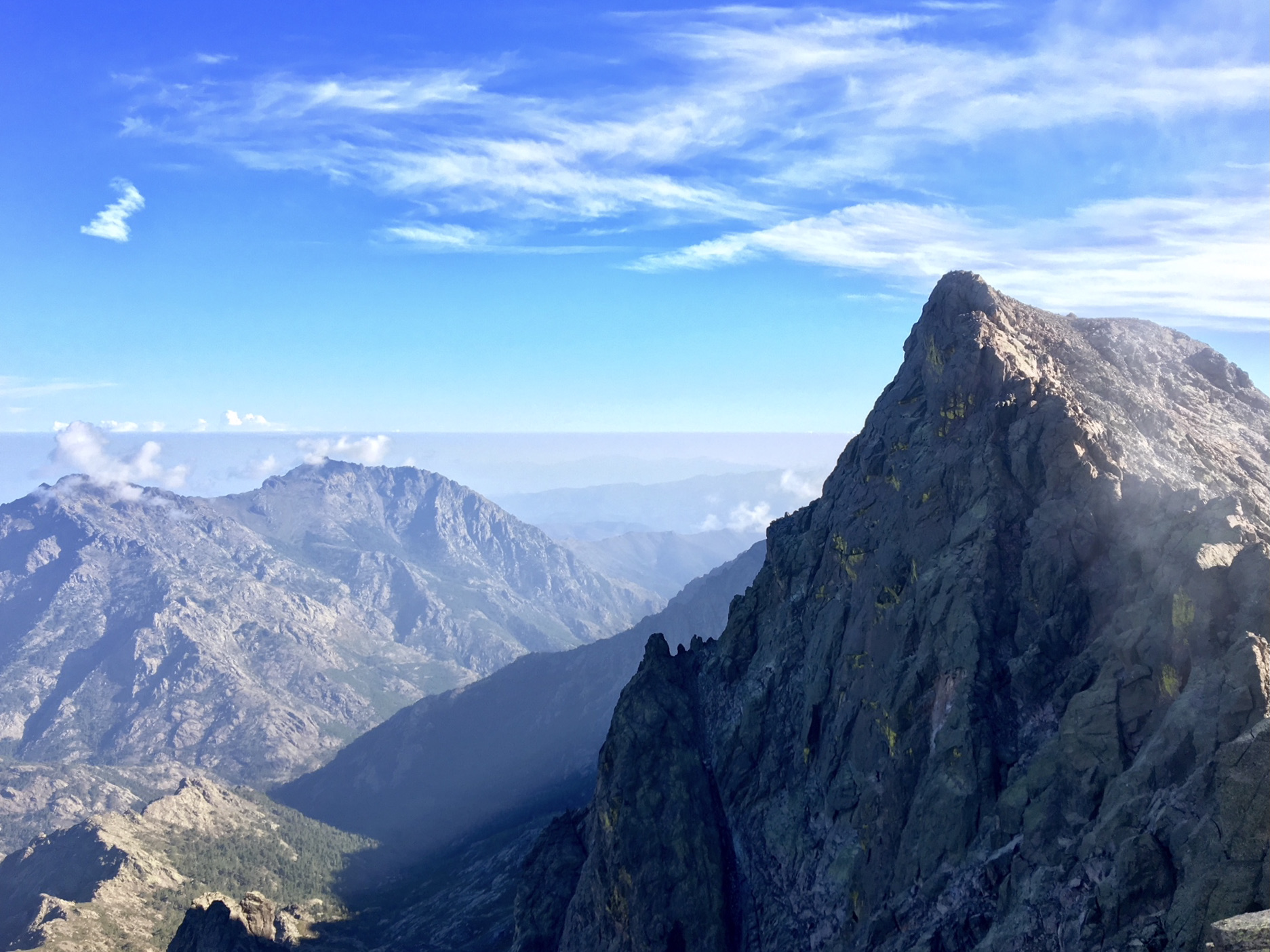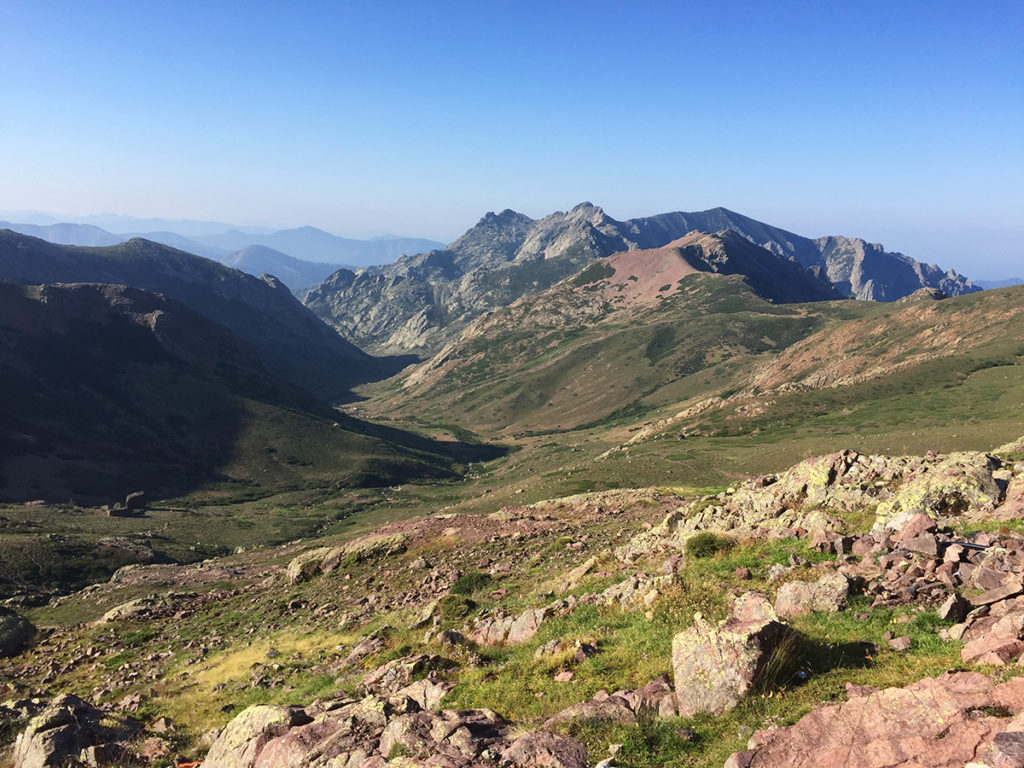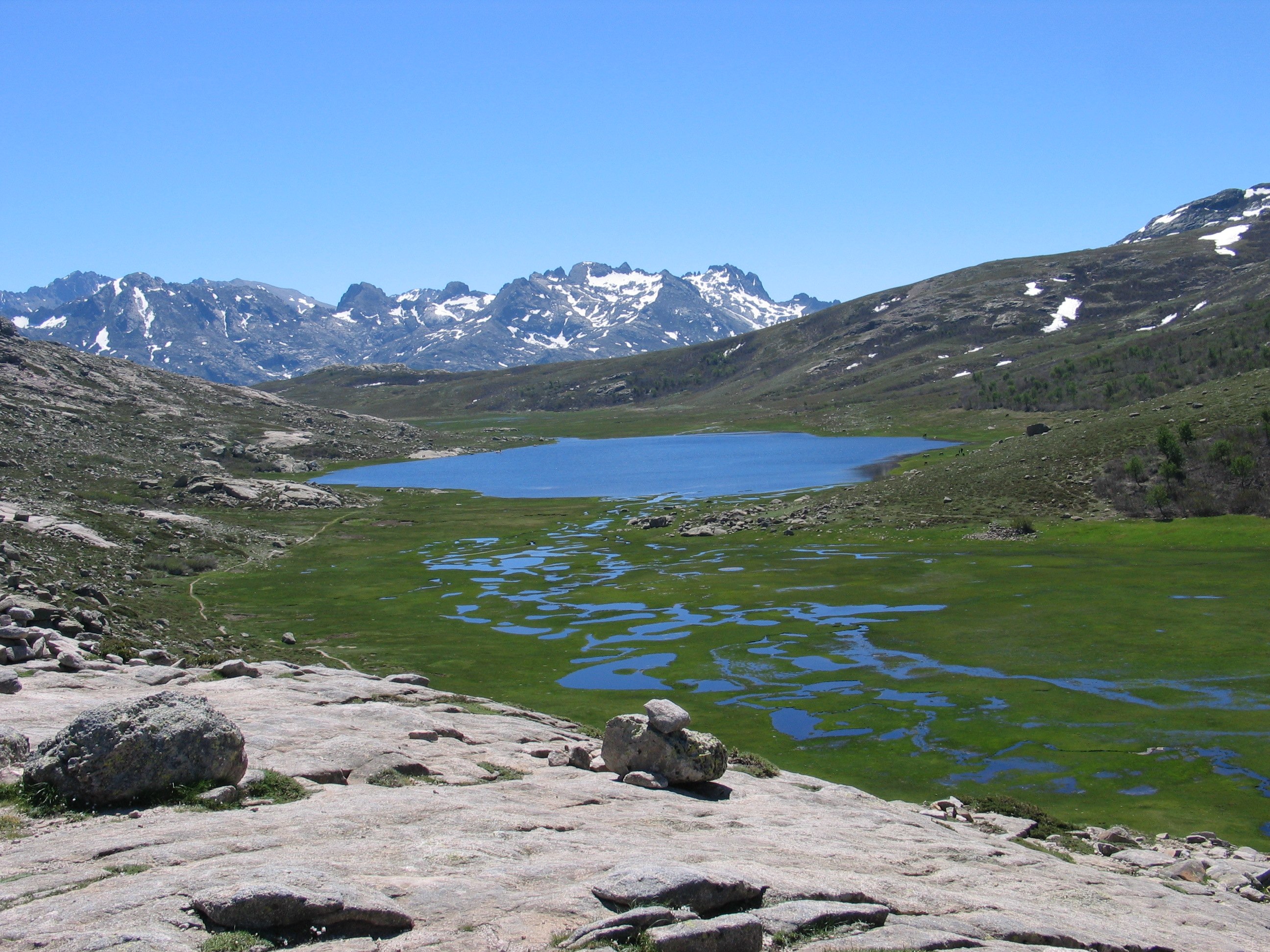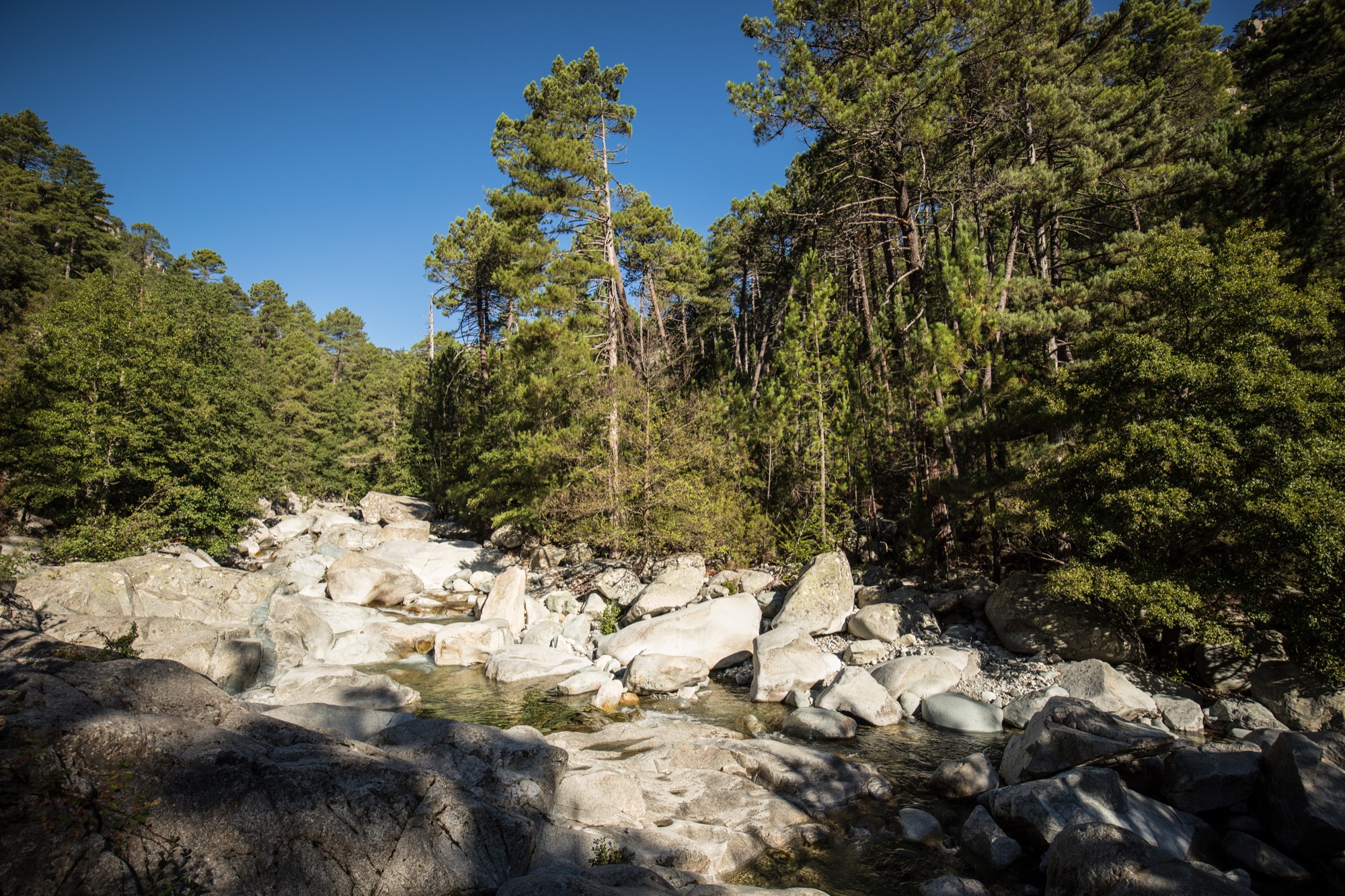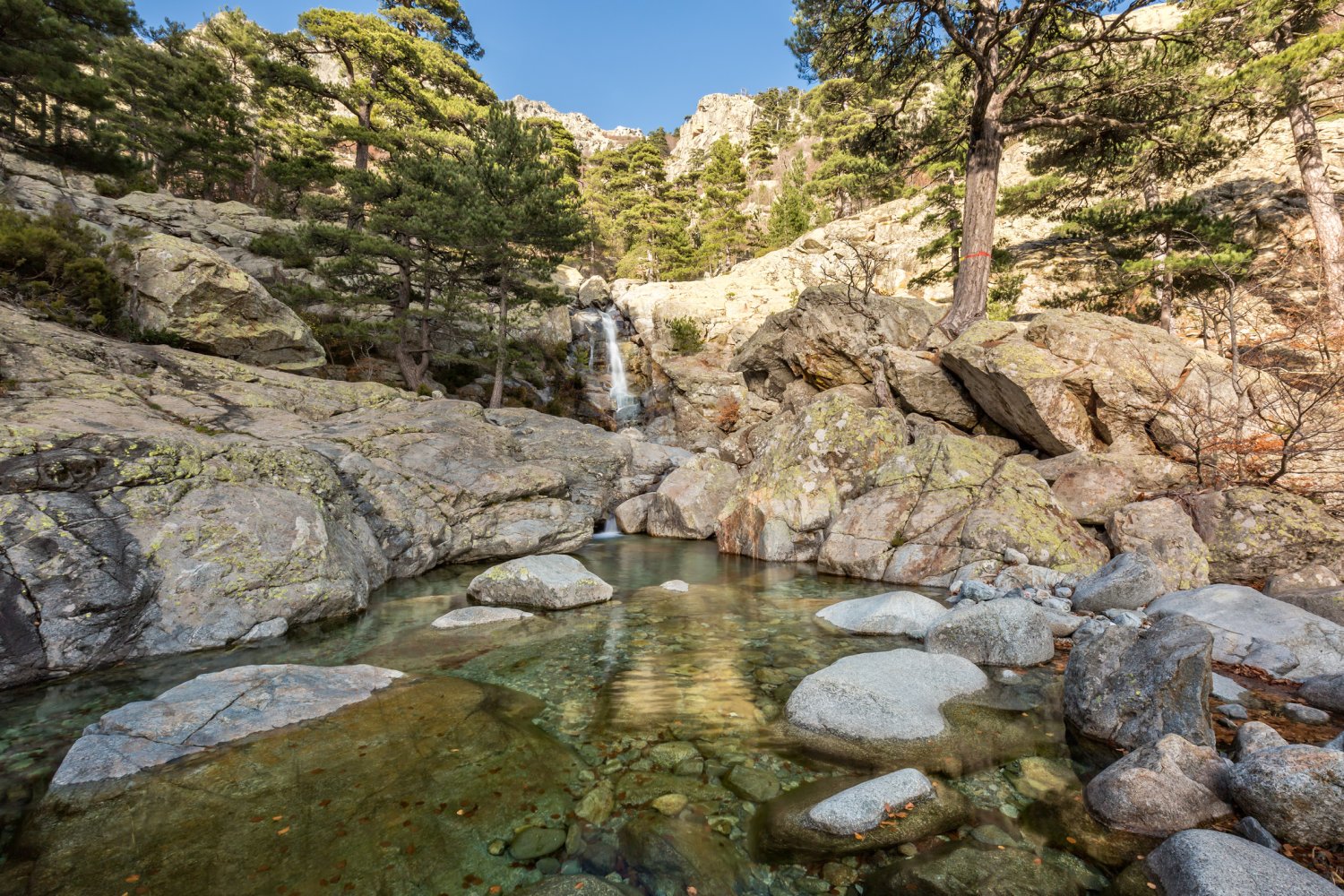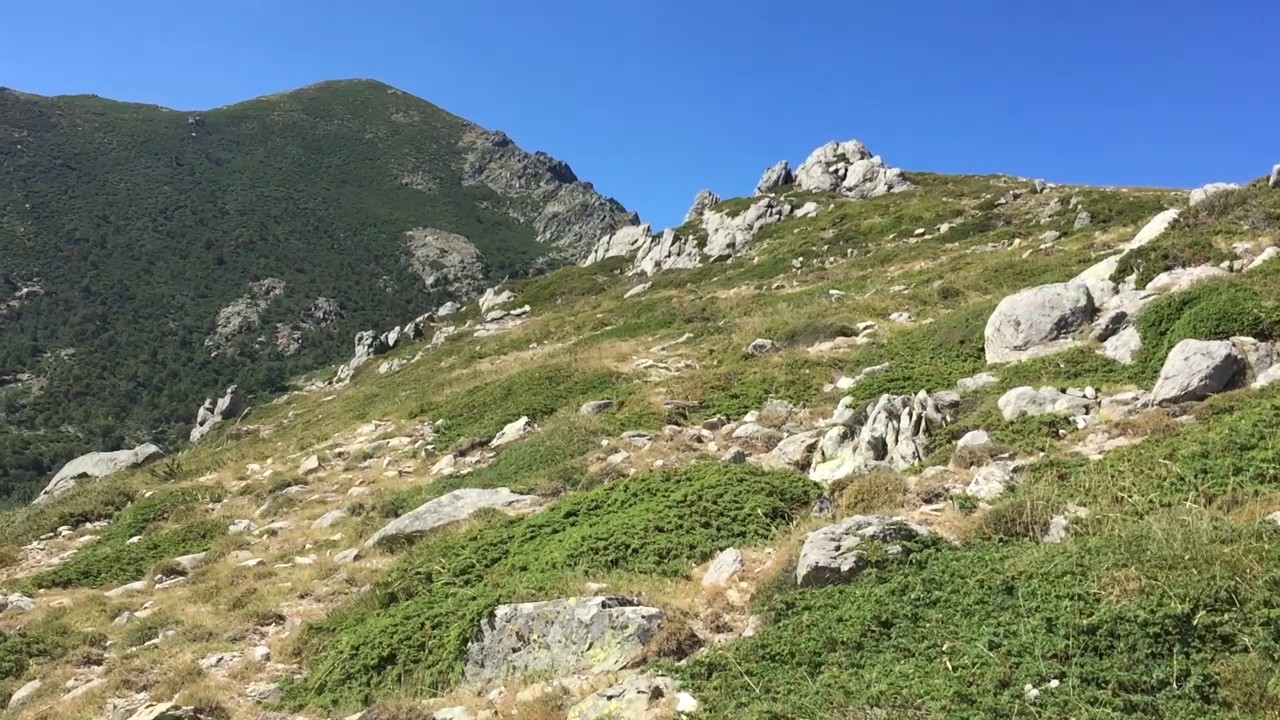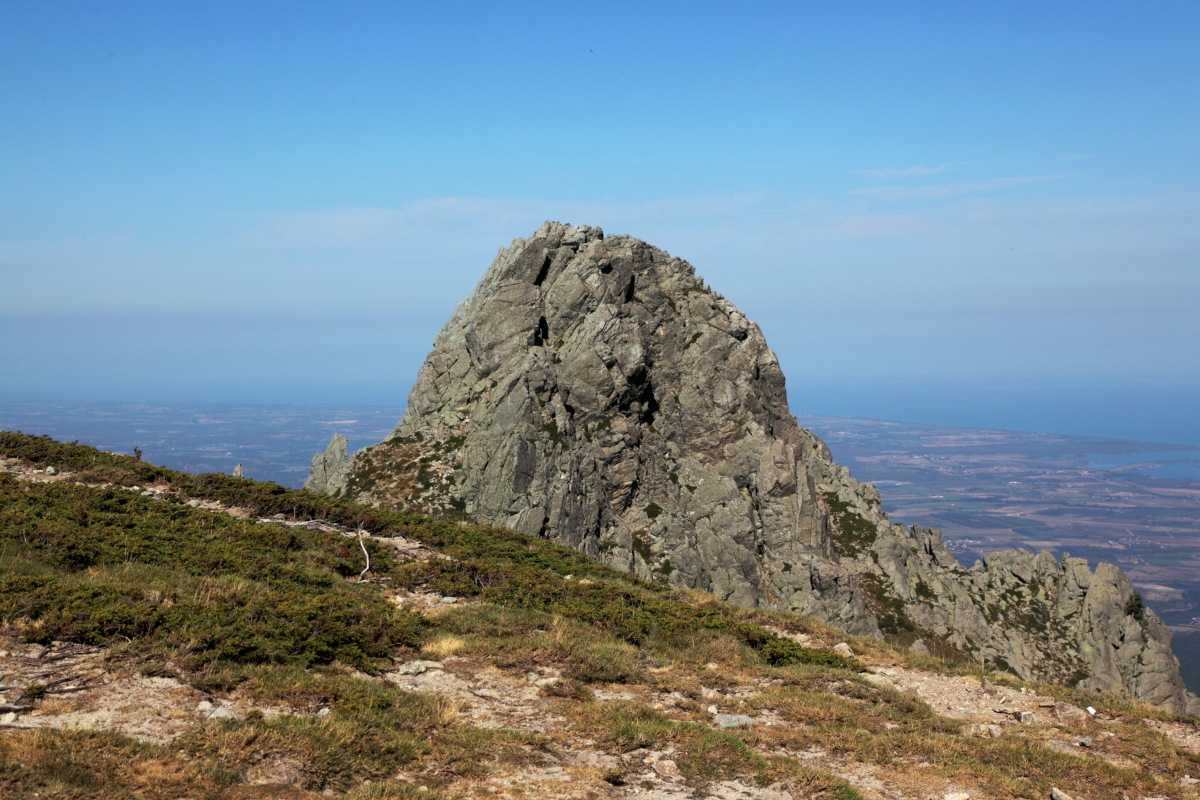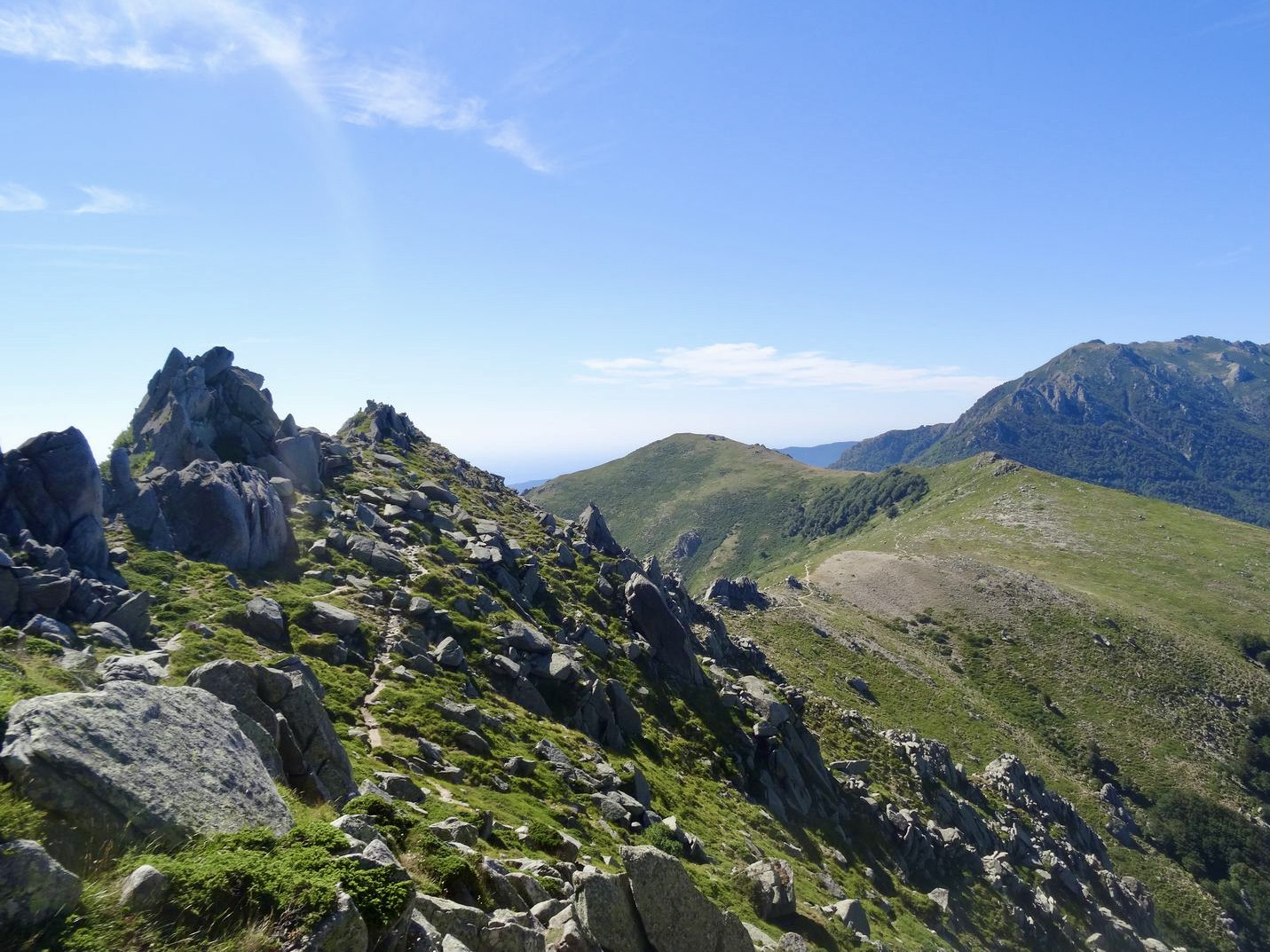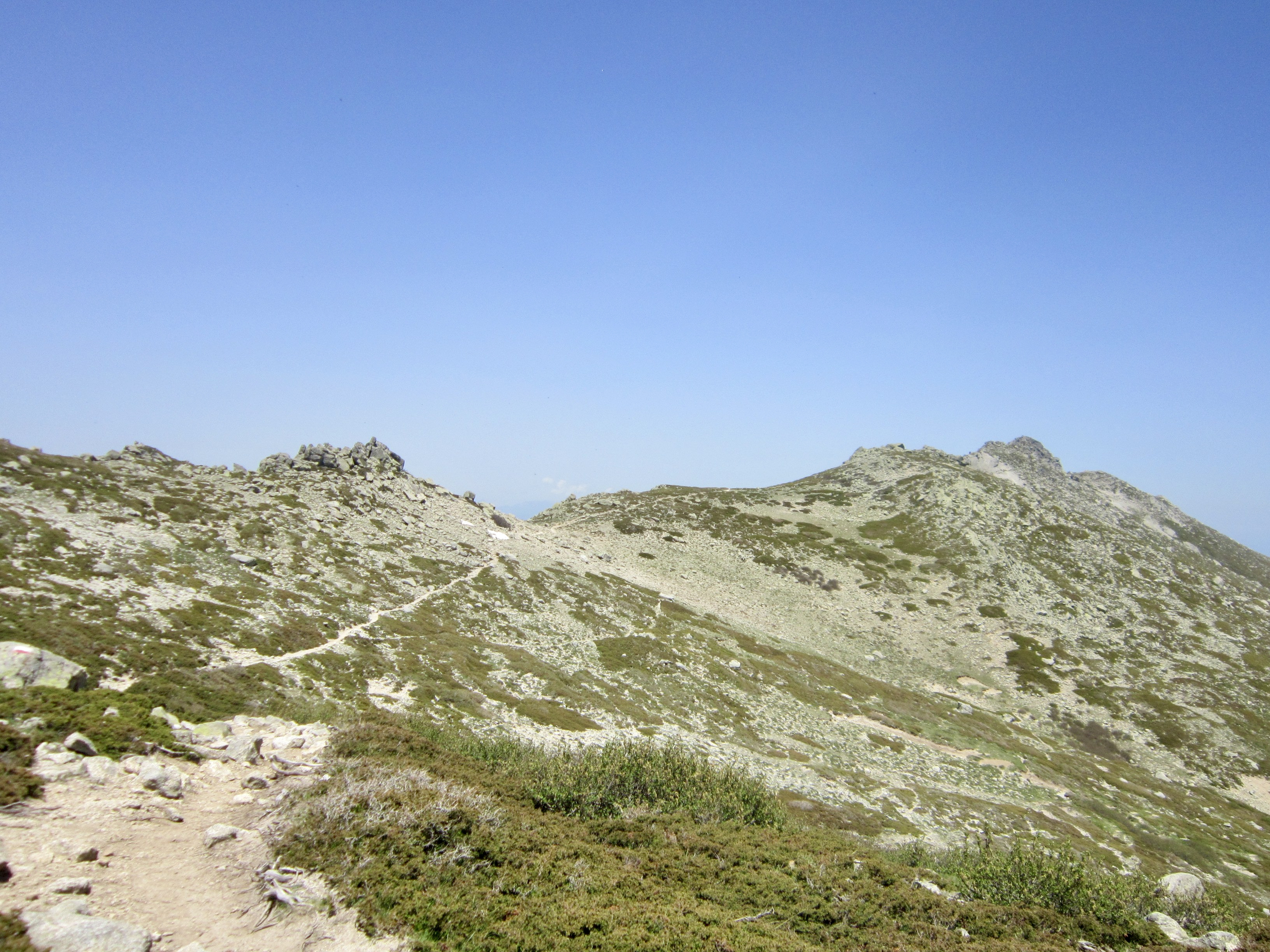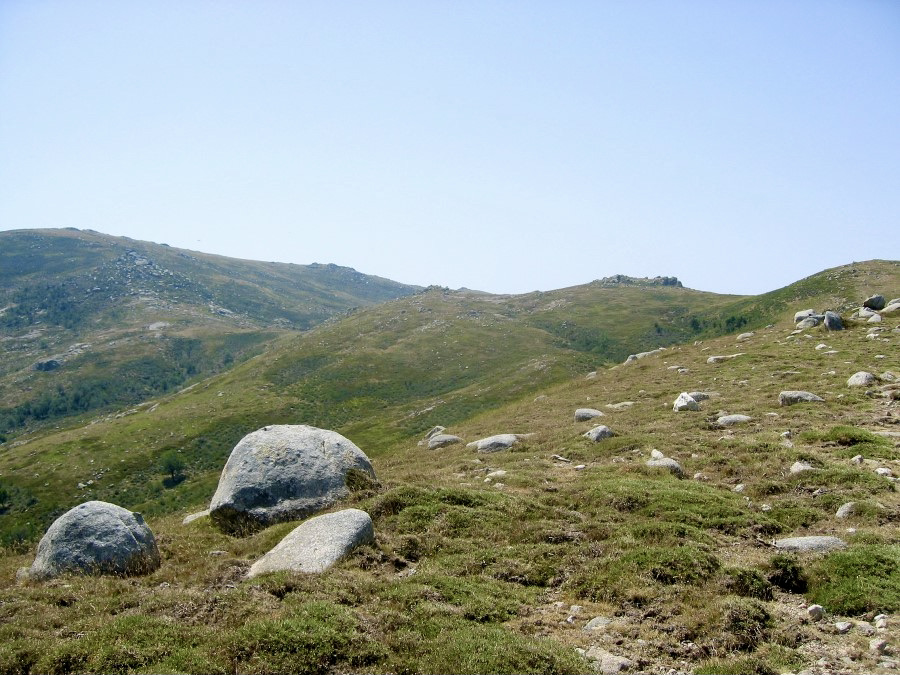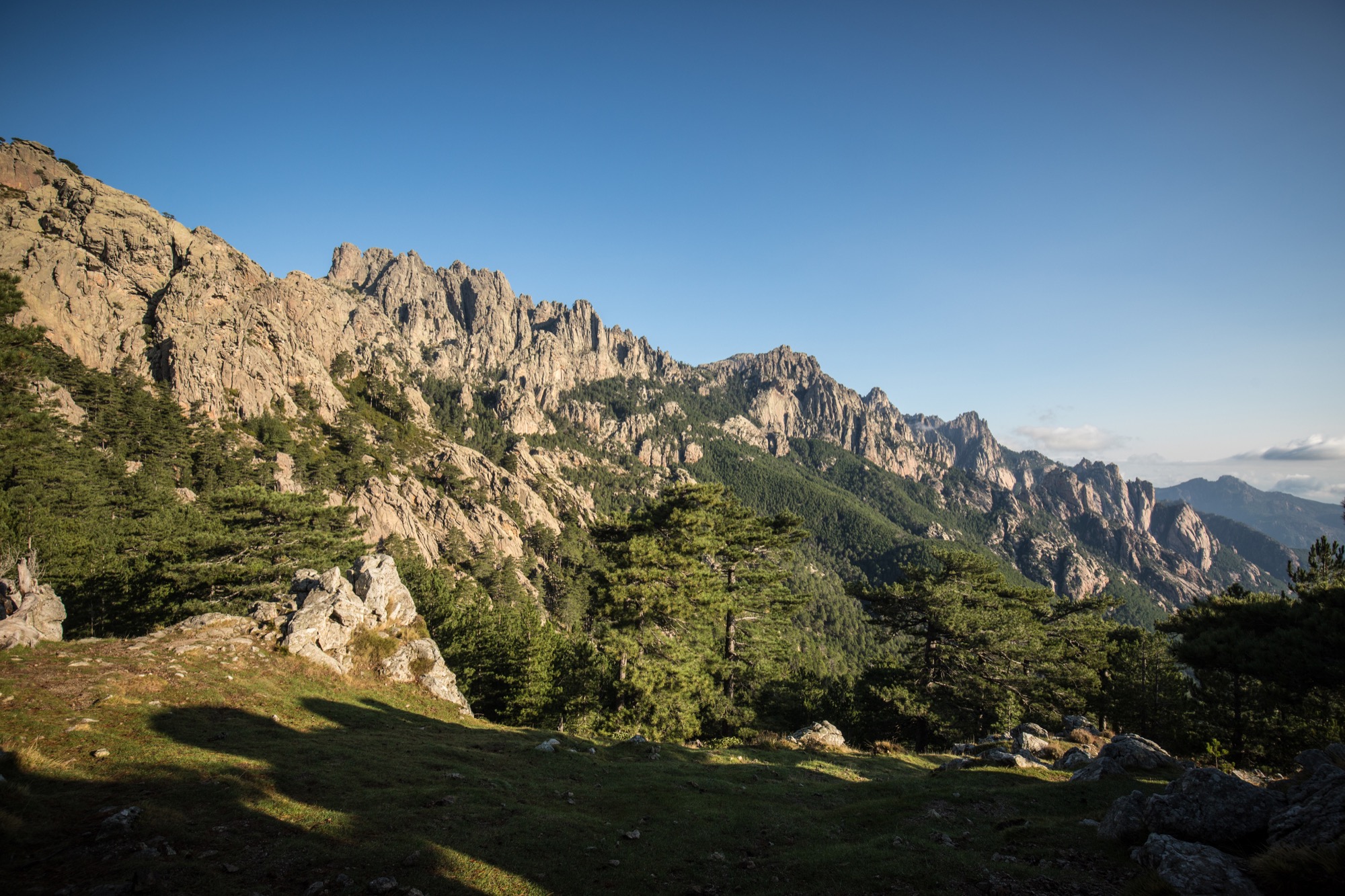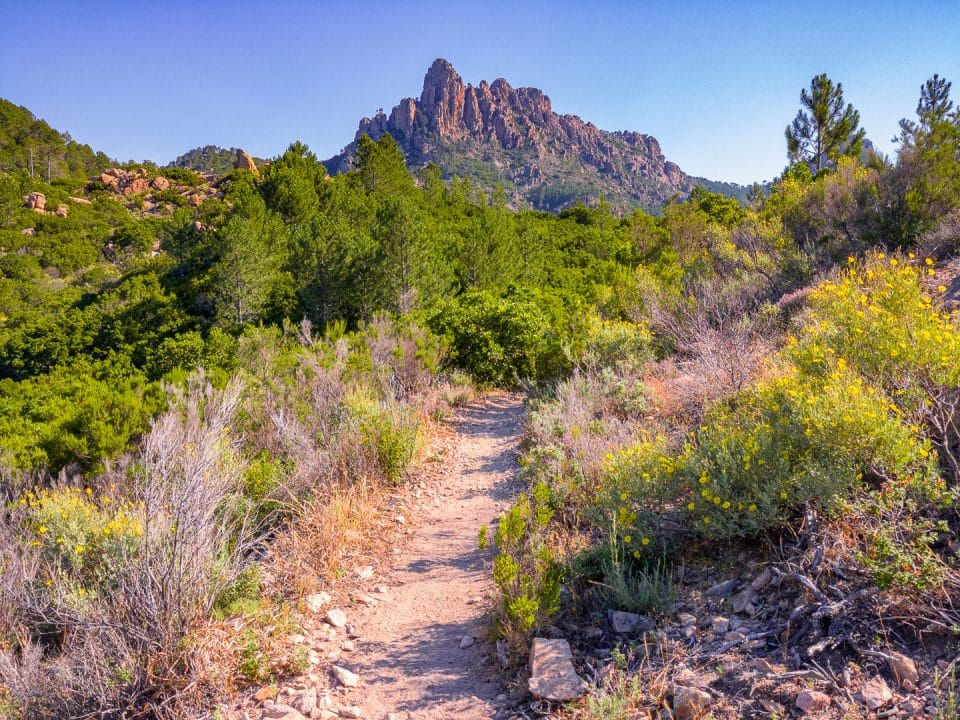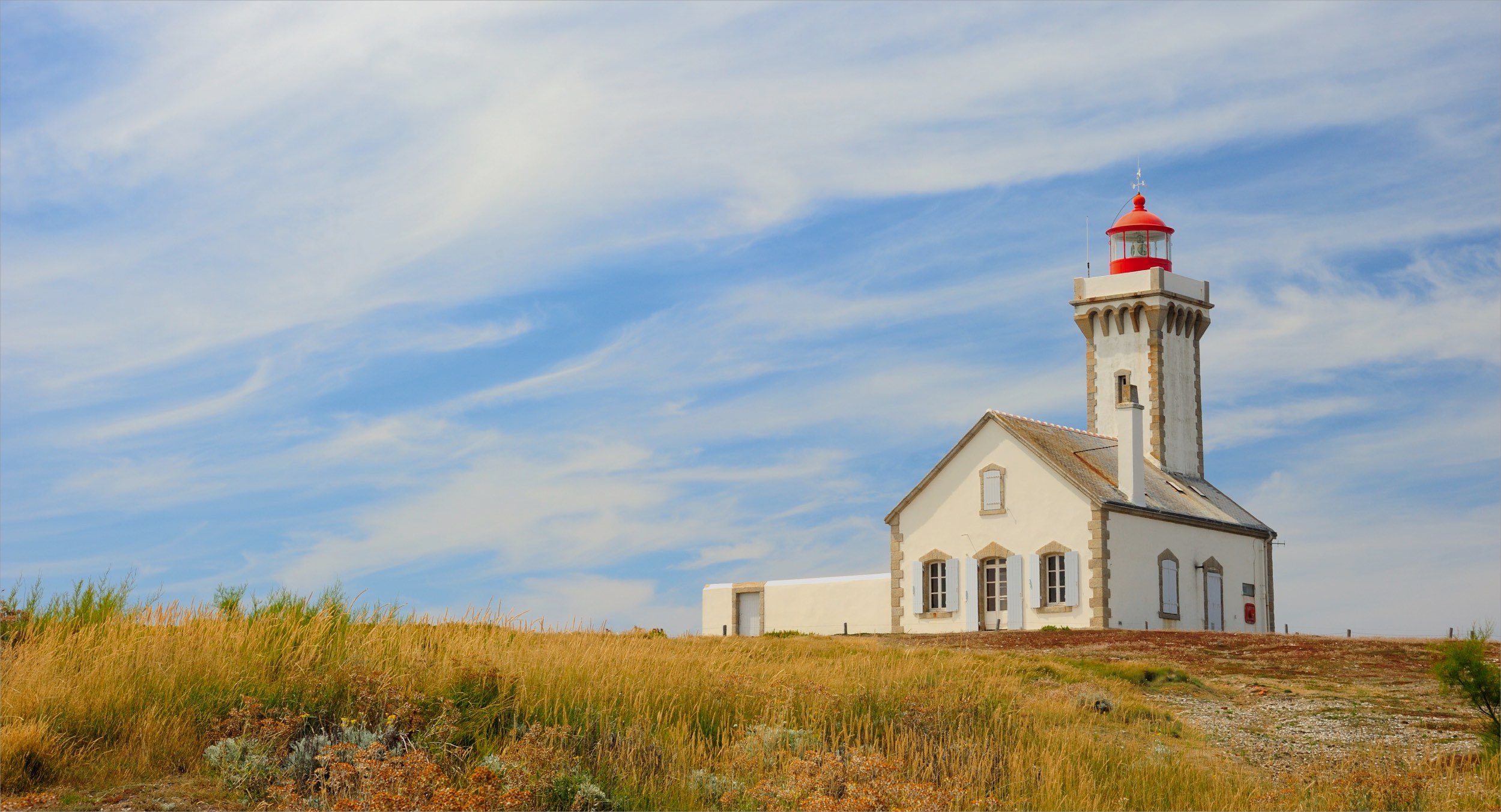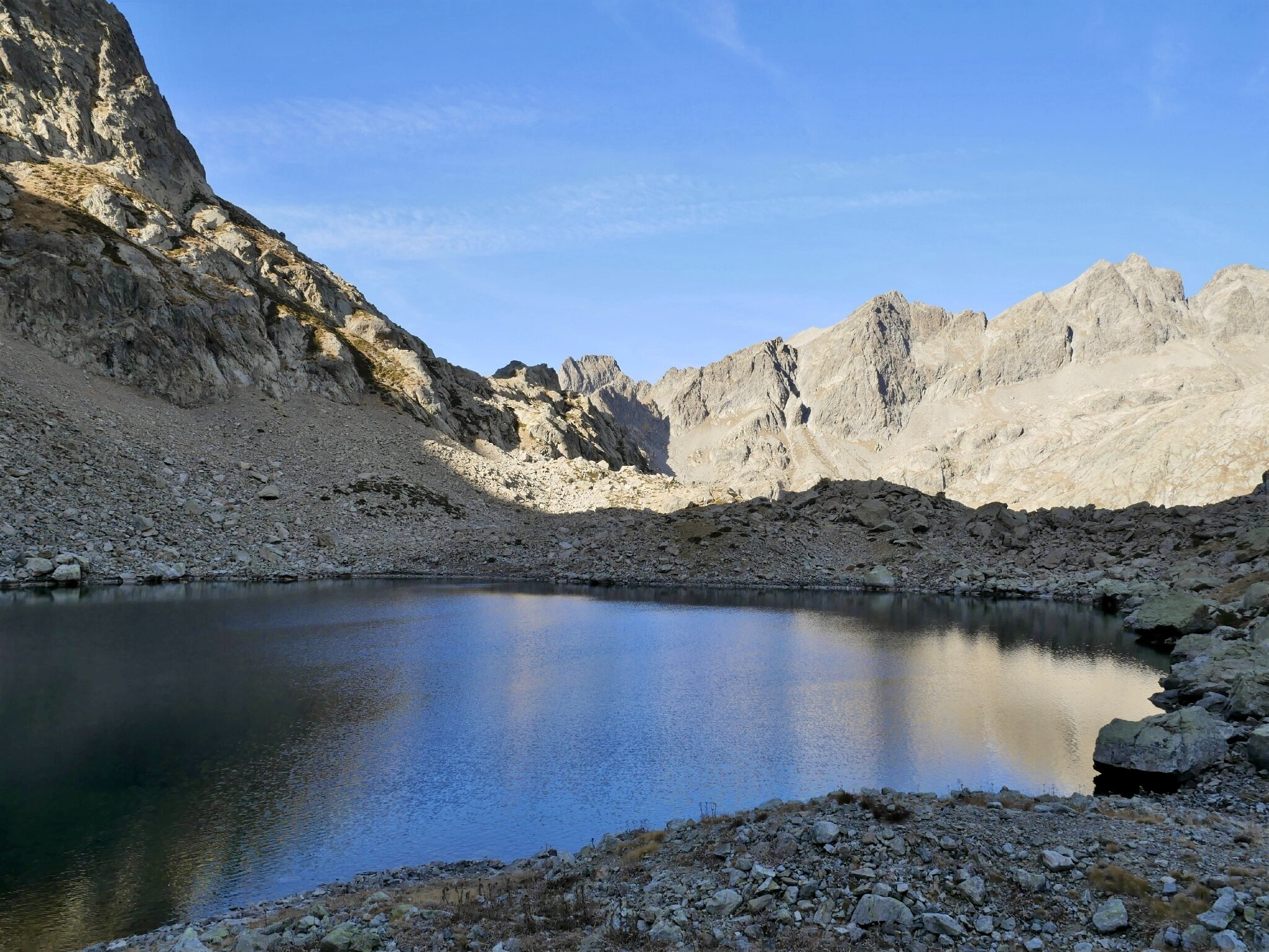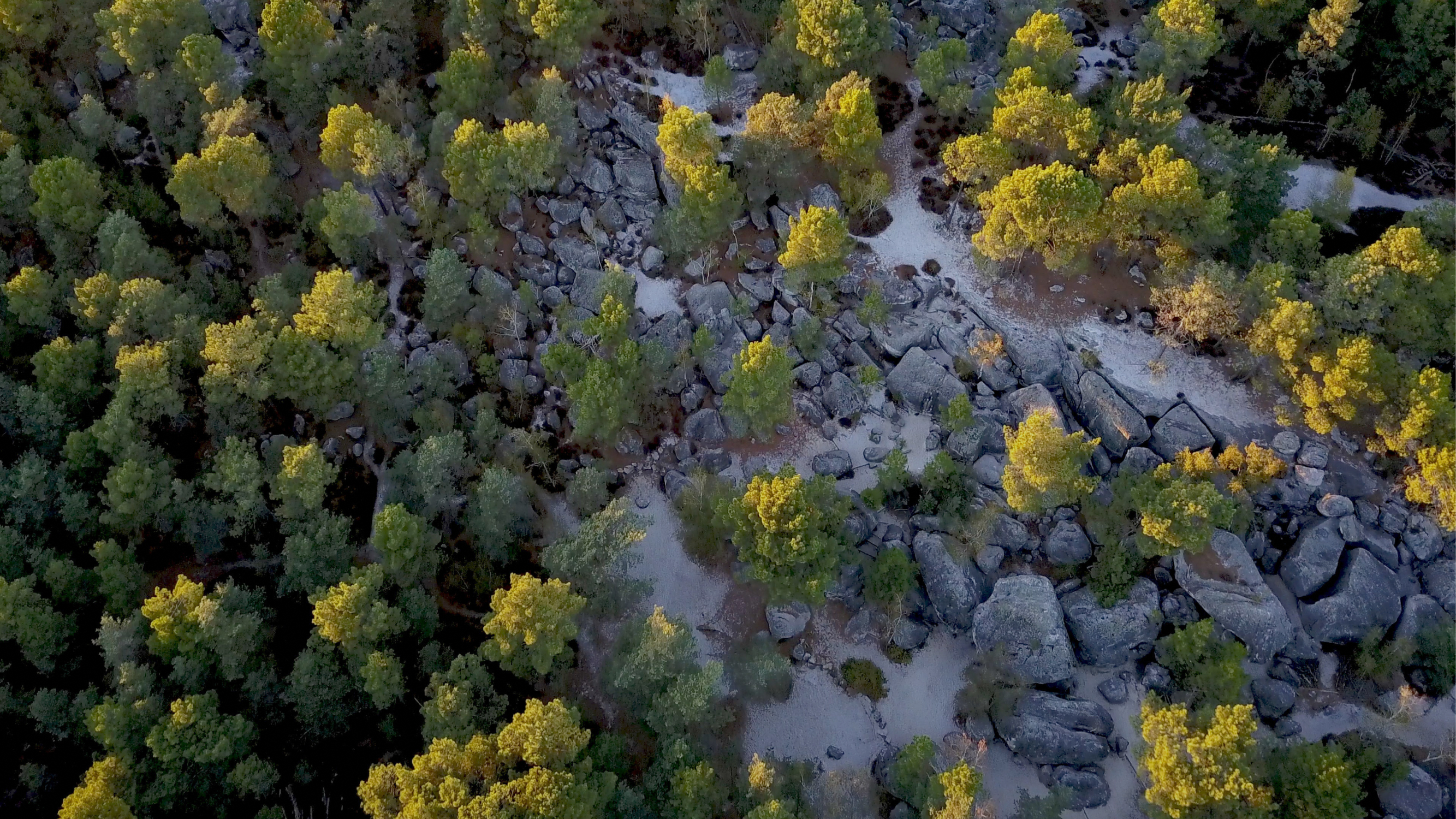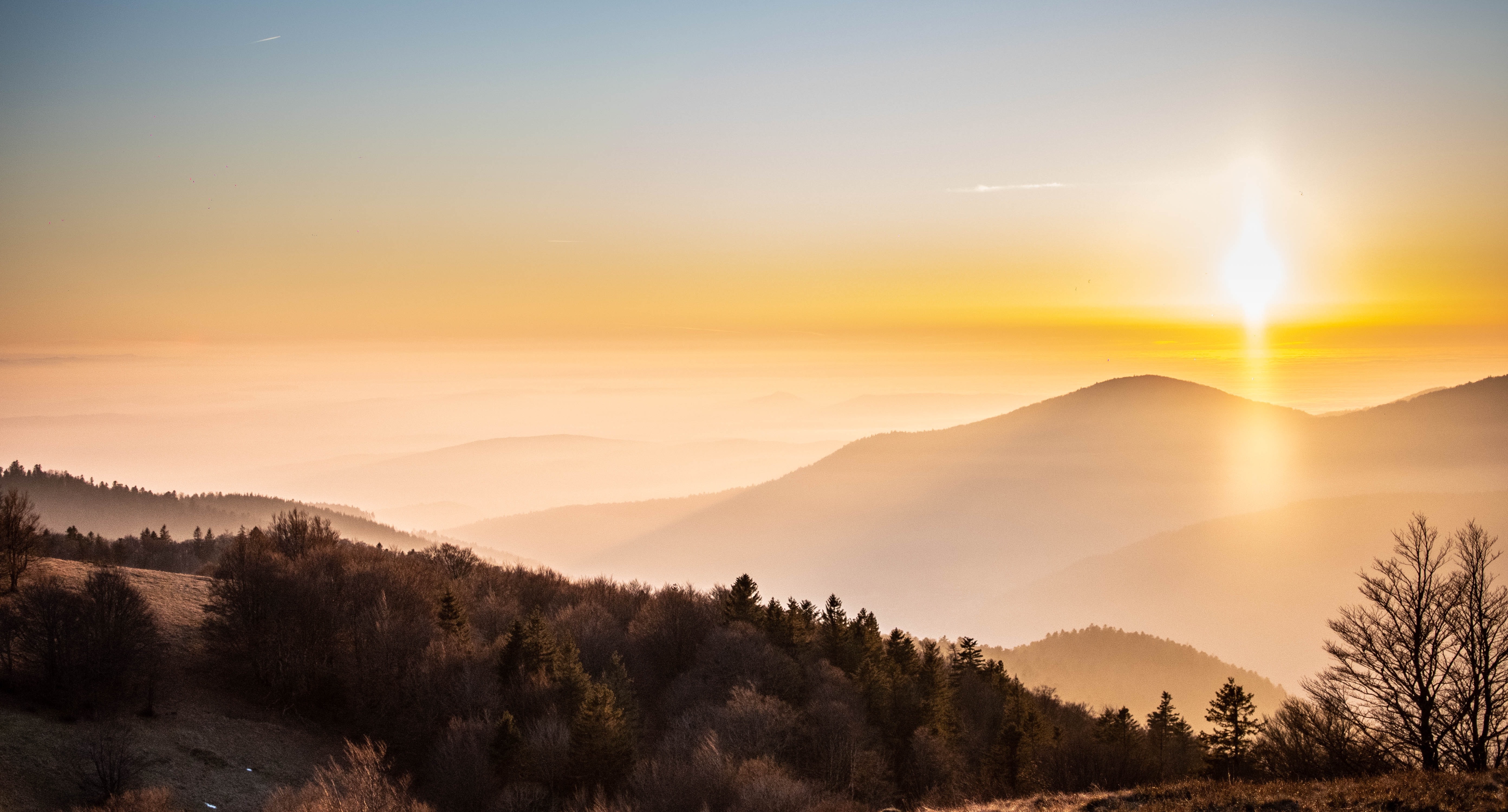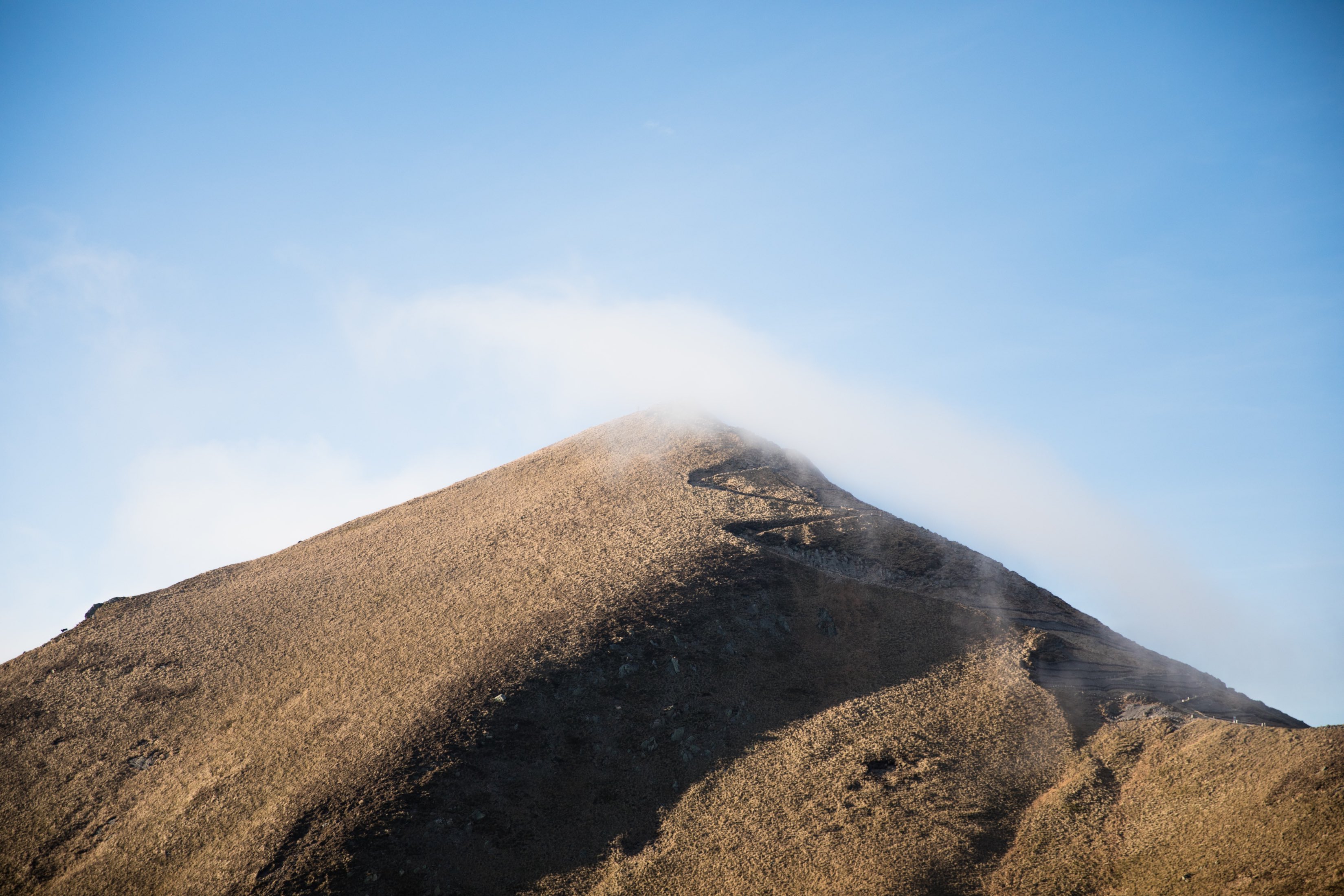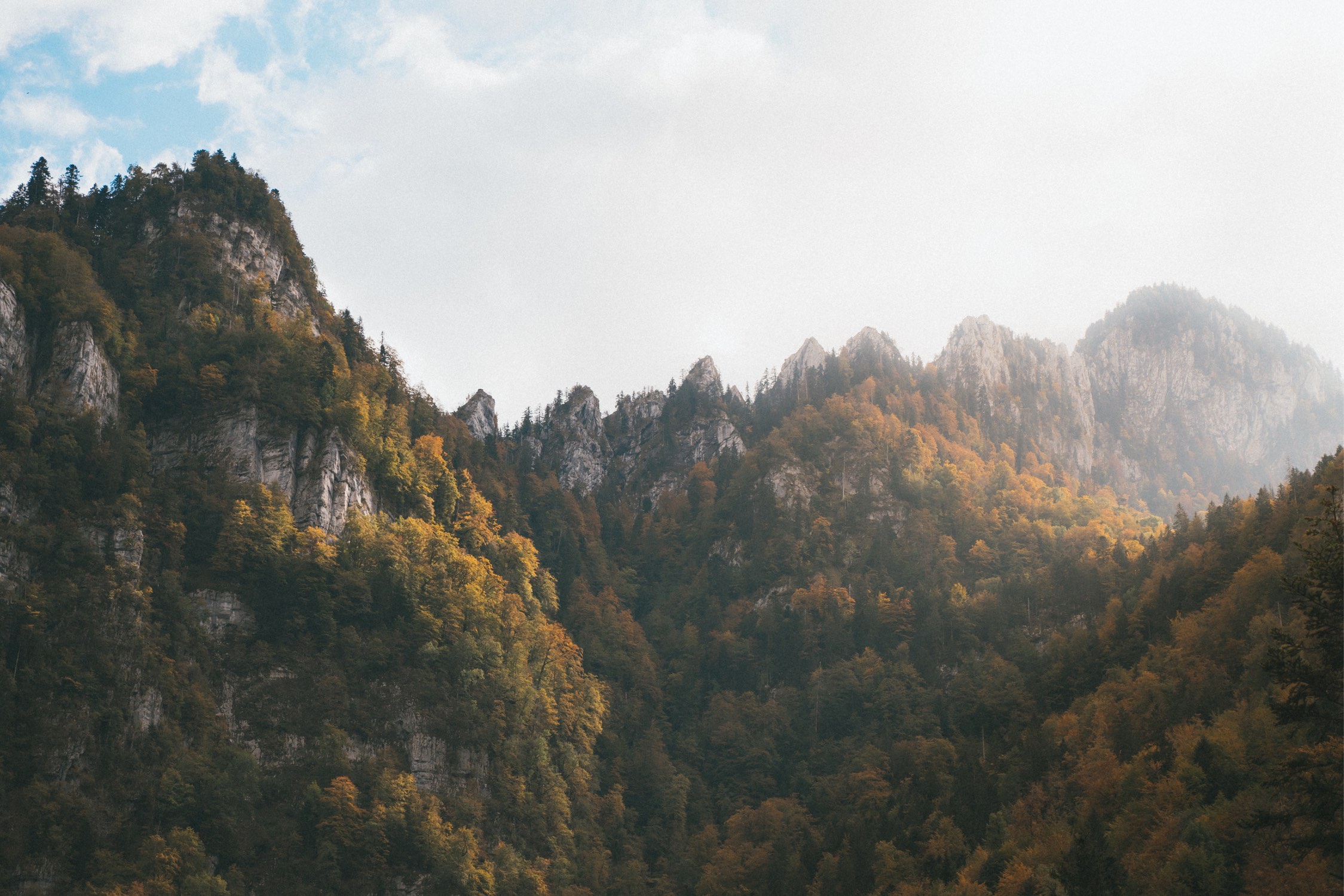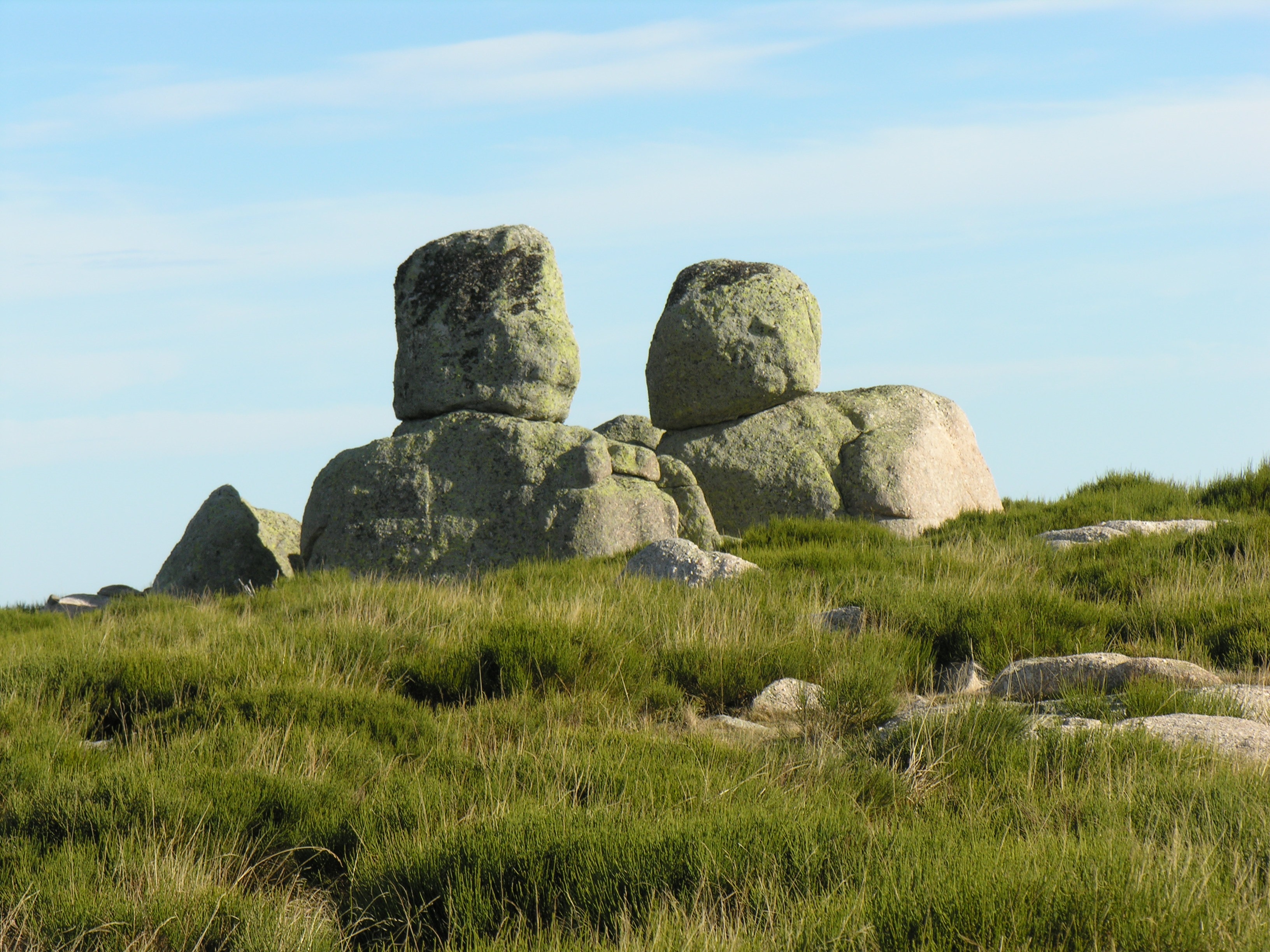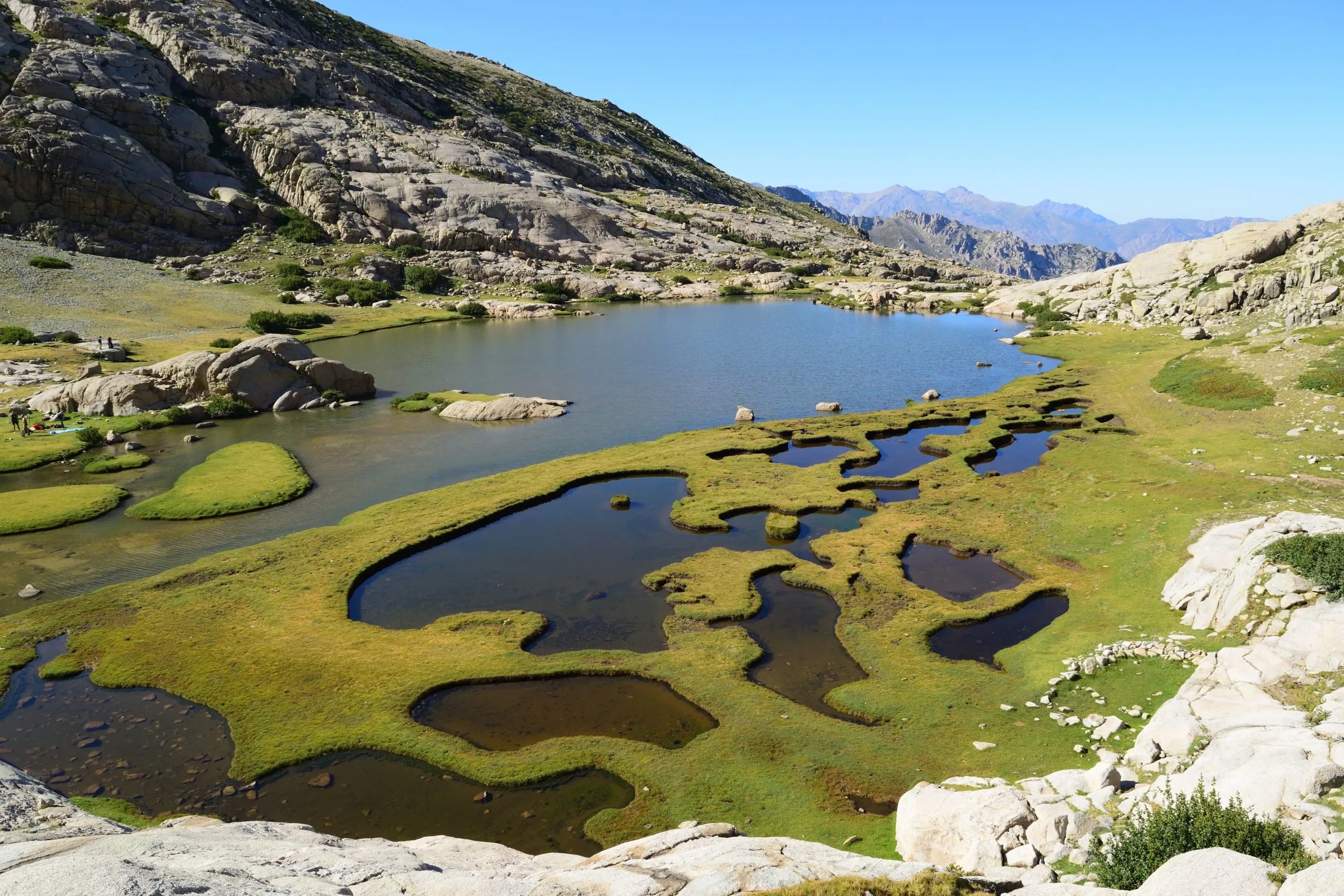
The legendary GR20 in Corsica
180 kilometers long and crossing Corsica diagonally, the GR20 is certainly the most famous long-distance hiking trail in France. More than 15,000 hikers finish it every year, taking advantage of excellent signposting and refuges evenly distributed over 16 stages.
Landscapes visited are as extraordinary as they are varied. Lakes, peaks over 2,000 meters, waterfalls, pine forests, green pozzines, rocky ridges... This trail offers hikers a range of the best nature has to offer. A delight.
🥾 In a nutshell
⏱ Duration: 16 days
📏 Length: 180 km
⛰ Elevation gain: 12,000 meters
💪 Difficulty: difficult
🌤 Season: end of May to end of September
🙋 Who is the GR20 for?
The GR20 is a demanding trail, due to its length, its elevation, and its many technical passages. It is therefore aimed at experienced hikers, who have already made shorter treks.
First of all, you must make sure that your physical condition is good enough. To do this, start by carrying out day hikes of about fifteen kilometers, with an elevation gain of at least 800 meters. This is what a typical stage of the GR20 requires, although the most demanding climbs to more than 1,300 meters in altitude.
Once the physical condition is assured, it is a question of sharpening your organizational capacity. The GR20 requires knowing how to hike in semi-autonomy, with specific problems: getting your bearings over long distances, eating without having shops nearby, camping or booking a bed in a refuge, carrying a heavy bag, managing your fatigue over time...
Before attacking such a challenge, we advise you to do a trek over a long weekend to put yourself in the situation. If possible, take the opportunity to be accompanied by an experienced hiker who will be able to give you valuable advice.
✈️ Getting there
The GR20 is located in Corsica, an island in the Mediterranean Sea that can be reached by ferries or planes.
The four airports are located in Ajaccio, Bastia, Calvi and Figari. Ferries arrive mainly in Ajaccio, Bastia, Calvi, Île-Rousse and Porto Vecchio.
Once on the island and in order to join the GR20, you will have to rely on buses, taxis, or even hitchhiking. We advise you to contact the tourist offices of Calenzana and Conca, the two ends of the route, in order to be aware of the latest bus timetables and other advice for getting to the GR20.
🛌 Sleep
First of all, you should know that it is forbidden to bivouac in the wild in Corsica. But things being well done, a refuge is located at the end of each of the 16 stages of the GR20. You will find the name of each of them in the steps listed below.
Shelters have three options:
- Book a night in the refuge itself - all you have to do is bring a sleeping bag
- Book a night in a tent around the refuge - bring a mattress and a sleeping bag
- Book a pitch around the refuge - you must then bring everything, tent, mattress and a sleeping bag, and specify whether it is a 1 or 2 person bivouac
The refuges are guarded from the end of May to the end of September, but remain open all year round. It is preferable to book in advance on the 🔗 official website of the Regional Natural Park of Corsica. The prices are indicated on the booking platform, and an increase is applied in the event of booking on site and not in advance.
🍴 Eat
Shelters
It is possible to have a meal in most of the GR20 refuges. It is necessary to plan about ten euros for a breakfast or a lunch (which can be taken away in the morning), and about twenty euros for a dinner with starter, main course and dessert.
Refuges also have a small grocery section, where you will find food, drink and basic necessities.
Finally, each refuge has a water point, where you can fill your water bottles. Unfortunately, few stages have intermediate fountains.
Alternatives
You will find several dining options in Vizzavona, the only town on the GR20. Apart from that, many sheepfolds punctuate the route and some offer meals or the sale of regional products.
Finally, if you want to do the GR20 with more autonomy, you can take freeze-dried meals with you.
🎒 Equipment
Like any trek, the GR20 requires some equipment. To plan it like a pro, please consult our dedicated guide: 🔗 What to bring on a trek
💬 The GR20 FAQ
When is the best time to do the GR20?
The path being sometimes more than 2,000 meters above sea level, it is preferable to do the GR20 between the end of May and the end of September to avoid the snow:
- June has many advantages: the days are long, the stormy season has not started, and the temperatures remain reasonable. However, there may still be some snowfields.
- July is interesting, with temperatures remaining correct at altitude.
- August is the hottest month, which explains the low attendance on the trail at this time. In this case, you have to start the stages at sunrise and finish early in the day.
- September has ideal temperatures, but the days are getting shorter and thunderstorms are unpredictable.
In terms of attendance, the Regional Natural Park of Corsica registers around 200 heads per refuge and per evening in June and September, compared to only 30 to 40 in July and August.
How to monitor the weather?
Refuges post weather reports, which are generally more accurate than news sites. Take the opportunity to consult them every morning.
What budget should I plan for?
This will greatly depend on your choices in terms of bedtime and diet.
The night can cost you between 7€ (own tent in bivouac) and 15€ (bed in refuge).
Similarly, food in a refuge will cost you around ten euros per lunch or breakfast, and around twenty euros per dinner. But you can certainly lower the bill by bringing your own food.
To the expenses for sleeping and eating, you will have to add the journeys to get to the GR, as well as any material needs depending on your current equipment.
Is there signal on the GR20?
The trail being located largely in the mountains, it is difficult to get signal. However, it will be possible for you to have some network, depending on your operator, when you get closer to civilization. The main points known for this are the Asco station (stage 3), Col de Verde (4), Vizzavona (9), Capannelle (10) and Bavella (15).
Is there electricity on the GR20?
Most huts have outlets. But given the high summer attendance, this does not mean that a socket will be free.
🥾 Stages
Here are the 16 stages of the GR20, which we advise you to complete one stage per day.
Share your GR20 experience with us on social media at @hikaguide!
